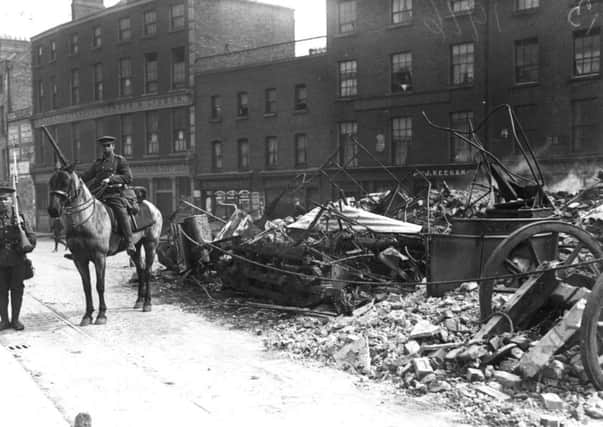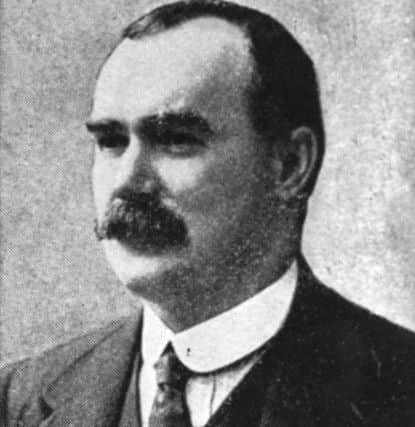‘Cauldron in Cowgate’ inspired James Connolly’s cause


However, speaking to Scotland on Sunday, Sean O’Callaghan, 61, a former IRA member turned informer, who now dedicates himself to conflict resolution working with inner-city gangs, says it is time to concentrate on Connolly’s contribution to peace and justice rather than violence.
O’Callaghan’s book James Connolly: My Search For The Man, The Myth And His Legacy is a biography tracing the influence Connolly, described as a “classic alpha true believer” had on him as well as earlier and future generations.
Advertisement
Hide AdAdvertisement
Hide Ad“The Cowgate in Edinburgh, where Connolly was born in 1868 and grew up, had about 14,000 Irish Catholics living in appalling conditions,” said O’Callaghan. “The poverty in what was known as ‘Little Ireland’ was not a lot different from slums in Glasgow or Manchester. But throw into the mix the attacks and sectarianism suffered by a defeated people who had lost their homes in Ireland and you get a unique cauldron which created Connolly.


“Connolly’s fanaticism was fostered by a combination of this poverty-ridden Irish ghetto and also by political education from European political refugees at the city’s university. But to me Connolly’s absolute belief in his cause was out of control, caused more problems than it was worth. It was complete self-obsession. It appears to be selfless but was self-obsessed. That dangerous legacy must be left behind. The time has come to concentrate on Connolly’s socialist legacy instead.”
Influenced by Connolly’s writing, O’Callaghan joined the IRA, aged 15. In 1988 he handed himself into British police and was sentenced to life imprisonment for involvement in terrorist attacks resulting in the deaths of two members of the security forces. He was released under royal prerogative in 1996.
Next year, the centenary of Connolly’s death, sees commemorative events planned in Ireland, Scotland, the US and Canada. Connolly was tied to a chair and executed by a British firing squad in Dublin for his role in the Easter Rising.
Jim Slaven, head of the James Connolly Society Scotland, which organises an annual commemoration of Connolly in Edinburgh and which undertakes charity work and educational tours in the Cowgate detailing Connolly’s life, says it its time to move forward. “We need to learn from the mistakes of the past. We want to focus on Connolly’s life, not his death,” he said. “There are two separate issues which can confuse things. There is Connolly’s memory as publicly seen, where he is remembered for the Easter Rising. But we are also interested in him as a man of Edinburgh, a socialist and trade unionist, a member of the Irish working class. We want to keep that memory alive.”